How To Make A Scope Night Vision ?
To make a scope night vision, you would need to start with a regular scope and then modify it to include night vision capabilities. This can be done by adding a night vision module or attachment to the scope. The night vision module typically includes an image intensifier tube that amplifies the available light, allowing you to see in low-light conditions. The module can be attached to the front or rear of the scope, depending on the design. Additionally, you may need to make adjustments to the scope's optics and focus to optimize the night vision performance. It is important to note that modifying a scope to include night vision capabilities may require technical expertise and specialized equipment.
1、 Infrared Illumination
To make a scope night vision with infrared illumination, you will need a few key components and follow specific steps. Here is a general guide on how to create one:
1. Select a scope: Choose a scope that is compatible with night vision attachments. Look for scopes with high-quality optics and a wide field of view for better visibility.
2. Obtain a night vision device: Purchase a night vision device that can be attached to your scope. There are various options available, including clip-on devices or dedicated night vision scopes.
3. Add an infrared illuminator: Infrared illuminators emit infrared light that is invisible to the human eye but can be detected by night vision devices. Attach an infrared illuminator to your scope to enhance visibility in low-light conditions.
4. Mount the night vision device: Follow the manufacturer's instructions to securely mount the night vision device onto your scope. Ensure proper alignment and stability for optimal performance.
5. Calibrate and adjust: Once the night vision device is attached, calibrate it according to the manufacturer's guidelines. Adjust the focus and brightness settings to achieve a clear and sharp image.
6. Test and fine-tune: Take your scope night vision setup to a dark environment and test its performance. Make any necessary adjustments to optimize the image quality and clarity.
It's important to note that the latest advancements in night vision technology have led to the development of more sophisticated and compact devices. Some modern night vision scopes come with built-in infrared illuminators, eliminating the need for separate attachments. Additionally, advancements in image intensification and thermal imaging technologies have greatly improved night vision capabilities, providing clearer and more detailed images in low-light conditions.

2、 Image Intensification
To make a scope night vision using image intensification technology, you will need a few key components and follow specific steps. Image intensification is a widely used method for night vision devices, and it works by amplifying the available light to enhance visibility in low-light conditions. Here's a general guide on how to make a scope night vision using image intensification:
1. Select a suitable scope: Start by choosing a scope that is compatible with image intensification technology. Look for scopes specifically designed for night vision applications.
2. Obtain an image intensifier tube: The image intensifier tube is the heart of the night vision device. It amplifies the incoming light to produce a visible image. These tubes are available in various generations, with each generation offering improved performance. Consider the latest generation for the best results.
3. Assemble the scope: Install the image intensifier tube into the scope according to the manufacturer's instructions. Ensure proper alignment and secure all components tightly.
4. Power supply: Night vision devices require a power source to operate. Depending on the specific scope and image intensifier tube, you may need batteries or an external power supply. Follow the manufacturer's guidelines for the appropriate power source.
5. Test and calibrate: Once the scope is assembled, test it in low-light conditions to ensure proper functionality. Adjust the focus and brightness settings as needed for optimal performance.
It's important to note that building a scope night vision using image intensification technology requires technical expertise and specialized equipment. It is recommended to consult with professionals or purchase commercially available night vision devices that meet your requirements. Additionally, always adhere to local laws and regulations regarding the use and ownership of night vision equipment.
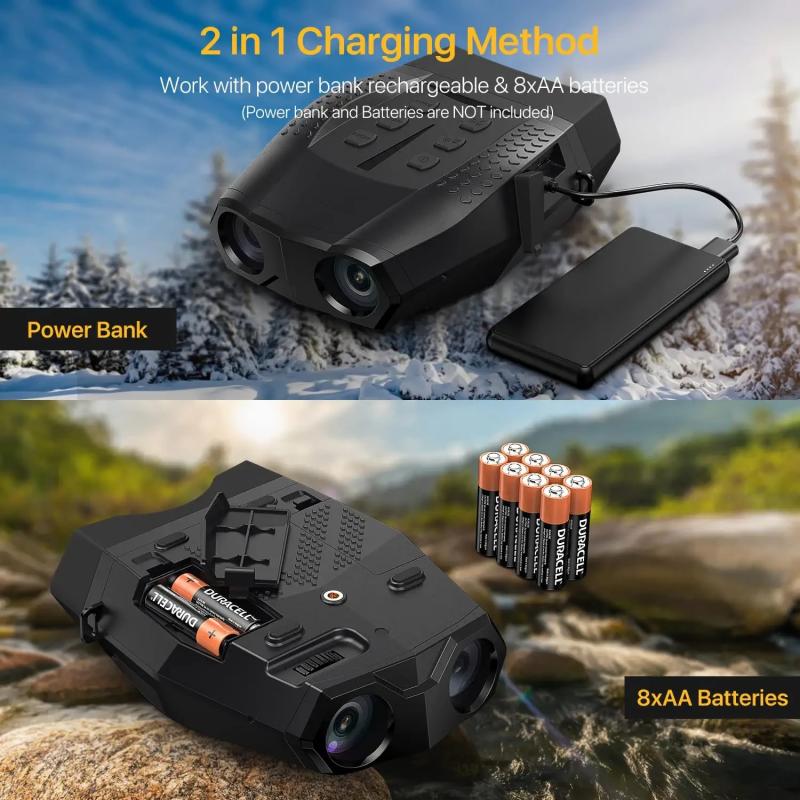
3、 Optical Lens System
To make a scope night vision with an optical lens system, you will need to follow a few steps. However, it is important to note that creating a night vision scope from scratch can be a complex and technical process, requiring specialized knowledge and equipment. It is recommended to consult with professionals or purchase a pre-made night vision scope for optimal results.
1. Select the appropriate lens: Begin by choosing a lens suitable for night vision applications. Night vision lenses are designed to enhance low-light conditions and improve visibility in the dark. These lenses typically have a wide aperture and a high light-gathering capability.
2. Incorporate an image intensifier tube: The image intensifier tube is a crucial component of a night vision scope. It amplifies the available light and converts it into visible images. These tubes are highly sensitive and require careful handling. It is advisable to purchase a pre-made image intensifier tube from a reputable manufacturer.
3. Assemble the lens system: Mount the lens onto the scope body, ensuring proper alignment and focus. The lens system should be securely attached to prevent any movement or misalignment during use.
4. Add power source and controls: Night vision scopes require a power source to operate the image intensifier tube. This can be achieved by incorporating batteries or connecting to an external power supply. Additionally, include controls for adjusting brightness, focus, and other settings as needed.
5. Test and calibrate: Once the night vision scope is assembled, it is essential to test and calibrate its performance. This involves checking the image quality, adjusting the focus, and ensuring that all controls are functioning correctly.
It is worth mentioning that night vision technology is continually evolving, and the latest advancements may offer improved performance and features. Therefore, it is recommended to stay updated with the latest developments in the field and consider incorporating them into your scope design if appropriate.

4、 Reticle and Focusing Mechanism
To make a scope night vision with a reticle and focusing mechanism, you will need to follow a few steps. It's important to note that creating a night vision scope requires technical expertise and specialized equipment. Additionally, modifying a scope may void its warranty, so proceed with caution.
1. Select a suitable scope: Choose a scope that is compatible with night vision technology. Look for scopes with high light transmission, adjustable magnification, and a sturdy construction.
2. Acquire night vision components: Purchase a night vision module or device that can be attached to the scope. There are various options available, including image intensifier tubes or digital night vision modules.
3. Mount the night vision module: Depending on the specific module, you may need to attach it to the scope using mounting brackets or adapters. Ensure a secure and stable connection.
4. Install the reticle: If your scope does not already have a reticle, you can add one by purchasing a reticle kit. Follow the manufacturer's instructions to install the reticle properly. Ensure it is aligned correctly with the scope's optics.
5. Add a focusing mechanism: A focusing mechanism is crucial for achieving clear and sharp images. Some scopes may already have a built-in focusing mechanism, while others may require an external focus ring or knob. Install the focusing mechanism according to the manufacturer's instructions.
6. Test and calibrate: Once all the components are installed, test the night vision scope in various lighting conditions. Adjust the reticle and focus as needed to achieve optimal performance.
It's important to stay updated with the latest advancements in night vision technology. As new technologies emerge, such as thermal imaging or digital night vision, consider incorporating them into your scope for enhanced performance and capabilities. Always follow safety guidelines and legal regulations when using night vision equipment.




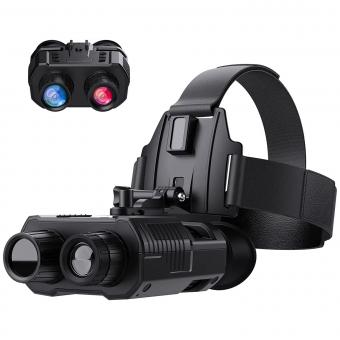

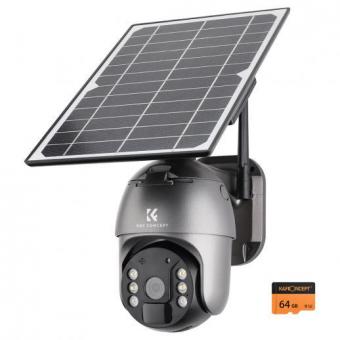





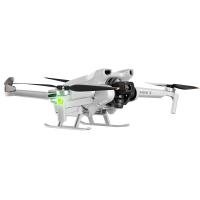

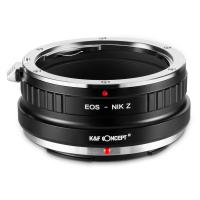



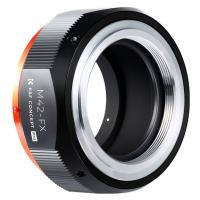

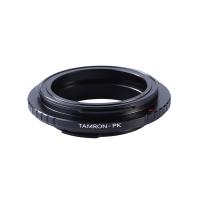



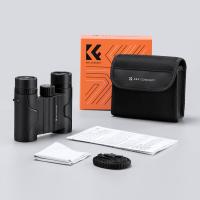
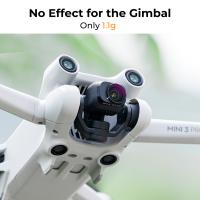
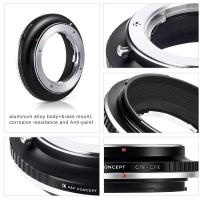
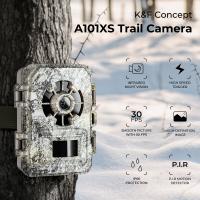
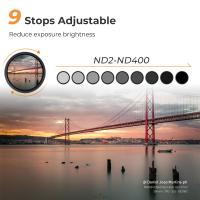

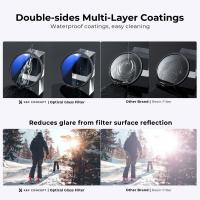

There are no comments for this blog.